Hello everyone. My name is Christopher Godschalk. I am a rising senior at the College of William & Mary majoring in Anthropology. This summer, with generous funding from a Chappell Undergradute Research Fellowship through the Charles Center at the College of William and Mary, I am studying the prehistoric landscape at Fairfield Plantation. Fairfield is primarily known as an historic site; however, there is evidence of prehistoric occupations before the contact period. My goal is to get an idea of the extent of the native presence at the site. In order to do this, I am analyzing the lithic artifacts in the Fairfield artifact collection. After determining what prehistoric artifacts were already cataloged at Fairfield, I selected an area of Fairfield Plantation that might have additional evidence from uncataloged units and might be promising for future excavations focusing on the site’s prehistory.
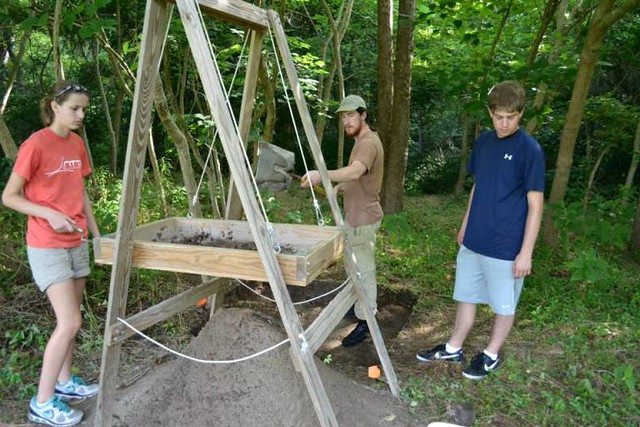
Chris (center) instructs students in test unit excavation at Fairfield
This project has been challenging but very interesting as well. The most difficult part has been the preparation. Establishing what units were cataloged or needed cataloging was fairly time consuming. Additionally, with few lithic experts in this area, I was left to teach myself how to classify and analyze lithic artifacts. Because of this, I compiled information from a variety of internet based prehistoric artifact collections and other published materials to create an illustrated lithic glossary and guide to lithic types. This unanticipated challenge leaves me with no doubt that I will continue to learn much about lithic artifacts as I attempt to catalog the rest of Fairfield’s collection.
A quartz projectile point tip from Fairfield, Test Unit 287
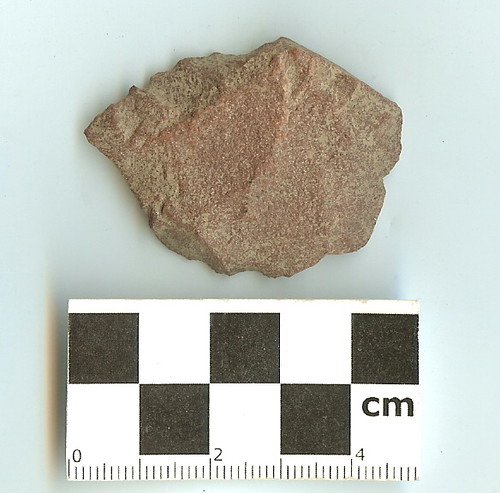
A quartzite scraper from Fairfield, Test Unit 380
Currently, I am identifying concentrations of prehistoric artifacts at Fairfield Plantation. Surfer (a mapping program) is extremely helpful because it allows me to track concentrations of various types of prehistoric artifacts across the sampling area. My goal is to use this data to locate potential test units that have the highest probability for locating additional lithic artifacts.
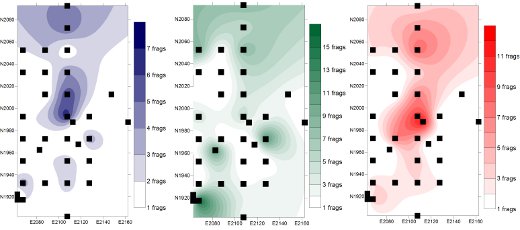
Concentrations of primary stone flakes (left), secondary stone flakes (right), and fire cracked rock (center) demonstrate activity areas associated with stone tool manufacture (left and right) and food preparation around hearths (center). The black squares are 5′ square test units.
I am excited to work on this project because it is fairly unique in Tidewater Virginia. There are many native sites in the area but they are often overshadowed by prominent historic sites such as Jamestown or Colonial Williamsburg. However, many of these historic sites rest on top of prehistoric and Contact-era native sites that often are not given much attention. Here at Fairfield, I have a great opportunity to study a native site at a historic plantation. This will allow me to create a more complete picture of the landscape surrounding Fairfield Plantation that includes everyone who was involved with the site from its earliest occupants to the present. My hope is that this project will inspire other historic archaeologists to spend more time on their prehistoric components in order to create a narrative of occupation where no groups are marginalized.
Be sure to follow up on Chris’s research by reading his blog posts about this project on the Charles Center website! We extend our thanks to Chris Godschalk for conducting this research and preparing this blog.
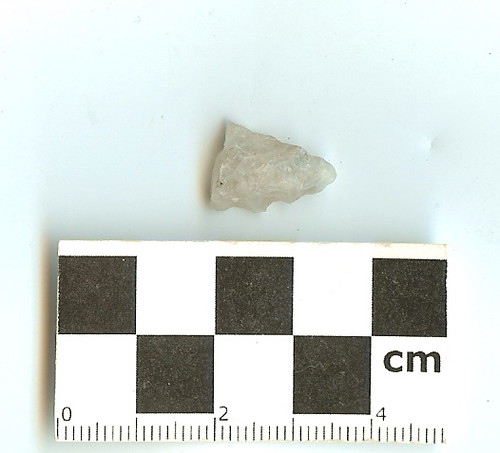
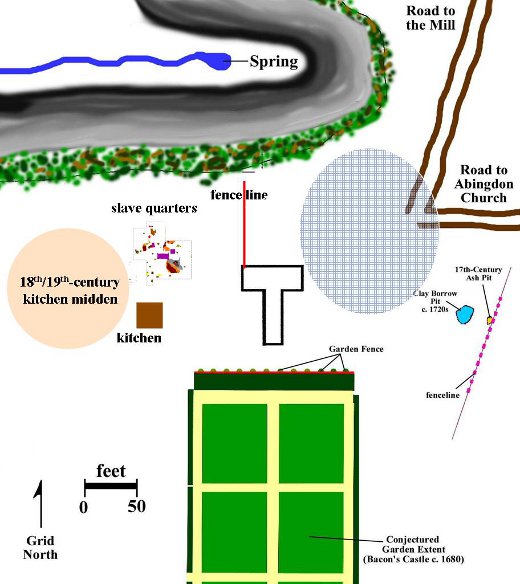
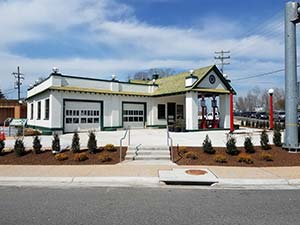
Sounds great, Chris! Looking forward to hearing more about your results in the future.